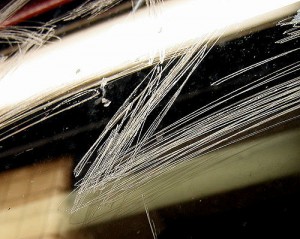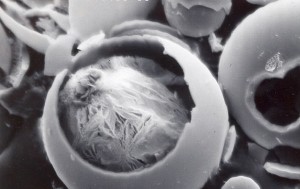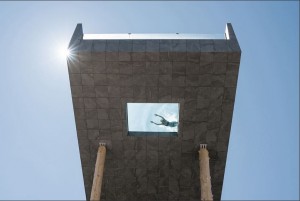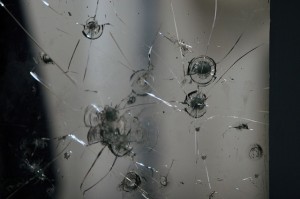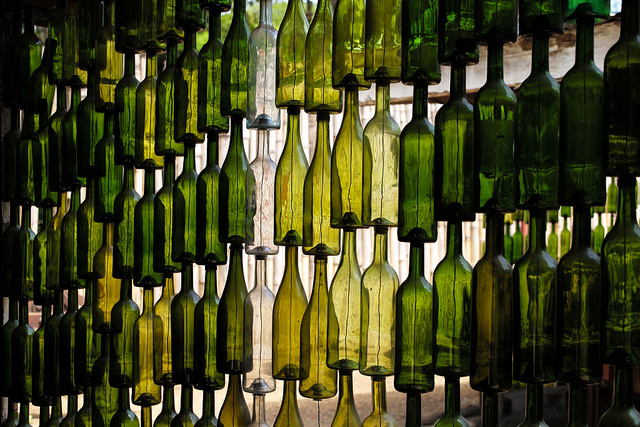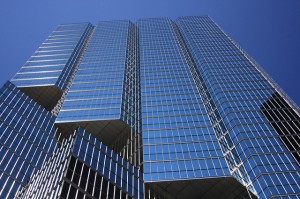New twist on graffiti snares 29 businesses
Last month, nearly 30 Berkeley, CA businesses were hit by graffiti of a very different kind. Usually, a spray can is a graffiti artist’s tool of choice. Two teenagers, who were eventually arrested, instead etched the glass windows of 29 businesses in the course of a single night.
Surveillance video captured the pair of vandals doing their worst to display windows along a several-block stretch of Solano Avenue. Police say the teens used an etching tool to inscribe the windows with graffiti, obscenities and the name “Felipe” which police say is most likely a “tag” for one of the teens.
The teens damaged the storefronts on the day before Thanksgiving, which caught may storeowners by surprise. The etched glass cannot be repaired. It must be replaced at a significant cost. Some of the damage may not be covered by insurance. Some policies specifically exclude damage to glass. In that case, the glass will need to be replaced out-of-pocket.
A witness to the graffiti spree called 911 at 2:16 AM, and police arrived in time to apprehend one of the vandals after a short chase. The other vandal was arrested a couple of hours later. The juveniles were released to the custody of their parents, but they now face felony vandalism charges as a result.
Repairing glass often involves replacing the damaged glass. Surface damage on glass is significant because it can ultimately lead to the failure of the glass. Glassprimer™ glass paint doesn’t repair glass, but it is specially modified to bond permanently to the surface of glass without weakening it.
Glassprimer™ glass paint can be used in both interior and exterior applications. It is a low-VOC compound and comes in both oil- and water-based formulations. Either preparation offers easy clean-up, and can be used safely indoors.
Glassprimer™ glass paint will not chip, fade or peel, even in direct sunlight. It’s exceptional UV resistance means that it can also block light waves that generate unwanted heat. If you would like more information about Glassprimer™ glass paint, please visit the rest of our site. If you’d like to purchase Glassprimer™ glass paint, please visit our online store .
Photo Credit: Susan Sermoneta, via Flickr.com

